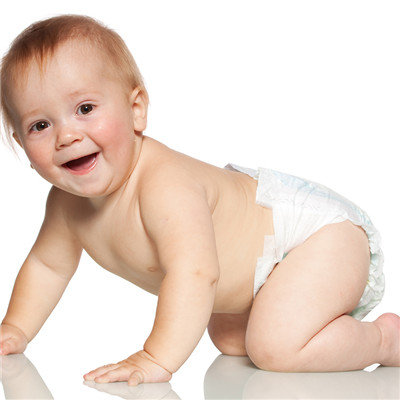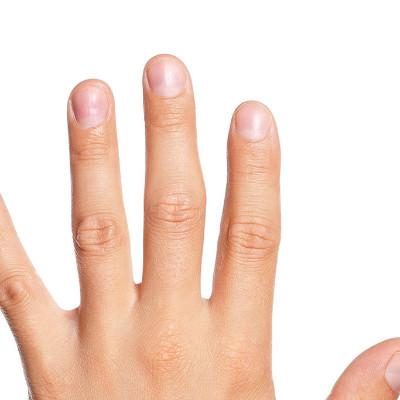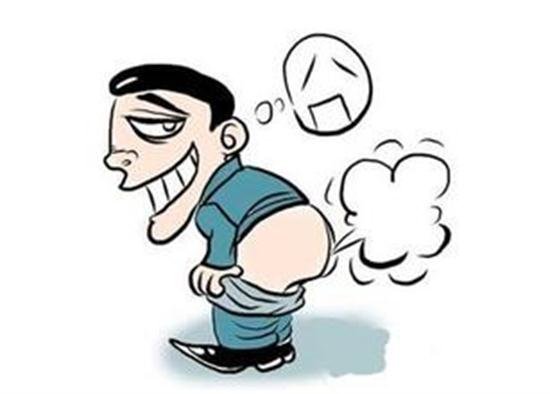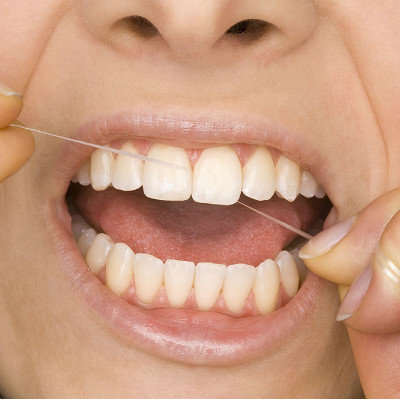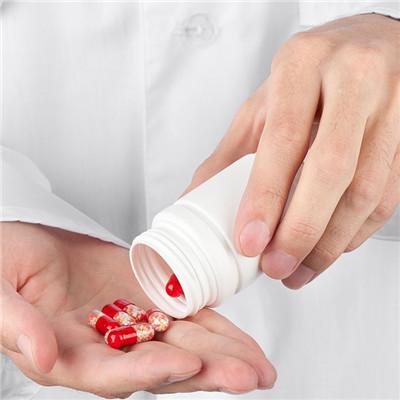Intracranial demyelination?
summary
Demyelination refers to the damage of myelin sheath after the formation of myelin sheath. Demyelinating diseases are characterized by demyelination of nerve sheath and relatively light involvement of neuronal inclusions and axons, including hereditary and acquired diseases. Hereditary demyelinating disease mainly refers to leukodystrophy, especially in children. Acquired demyelinating diseases can be divided into central demyelinating diseases and peripheral demyelinating diseases. Acute and chronic inflammatory demyelinating polyneuropathy are the most representative of peripheral demyelinating diseases. Central demyelinating diseases include multiple sclerosis and acute disseminated encephalomyelitis. Intracranial demyelination? Let's talk about it
Intracranial demyelination?
Acute disseminated encephalomyelitis: mainly occurs in children and young adults, sporadic cases are more common. Most of the patients had acute onset 1-2 weeks after infection or vaccination. Encephalomyelitis usually appears 2-4 days after the rash, often manifested as the macular is disappearing, when the symptoms are improving, suddenly high fever occurs again, accompanied by headache, fatigue, body aches, severe convulsions and disturbance of consciousness. Hemiplegia, hemiblindness, visual impairment and ataxia are also common.
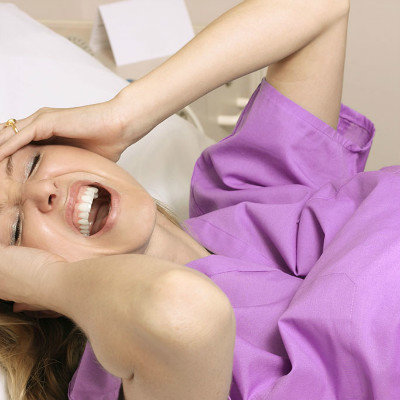
Acute inflammatory demyelinating polyneuropathy: it can be found at any age. The incidence rate of men and women is similar. Most patients have symptoms of respiratory or gastrointestinal tract infection. The first symptom was symmetric weakness of the distal extremities, which quickly aggravated and developed to the proximal extremities. Severe respiratory paralysis. Flaccid paralysis. Sensory disturbance was manifested as paresthesia of distal limbs and glove and sock like hypoesthesia. Muscles may have tenderness. Bilateral nerve palsy is the most common.

Chronic inflammatory demyelinating polyneuropathy: onset at any age, mostly in middle-aged men. There was no history of prodromal infection, and the main manifestation was peripheral neuropathy with sensory and motor involvement. Physical examination showed decreased muscle strength, decreased muscle tension, disappearance of antireflection and peripheral hypoesthesia.
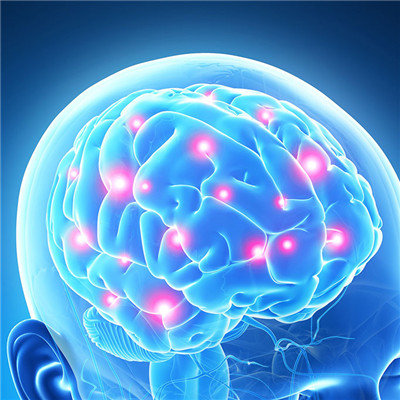
matters needing attention
Treatment methods include immunosuppressive agents, intravenous IgG, plasma exchange, and dexamethasone or methylprednisolone. Strengthen nursing and early rehabilitation treatment during bed rest. To keep the airway unobstructed, tracheotomy or ventilator assisted breathing should be performed early if necessary.
